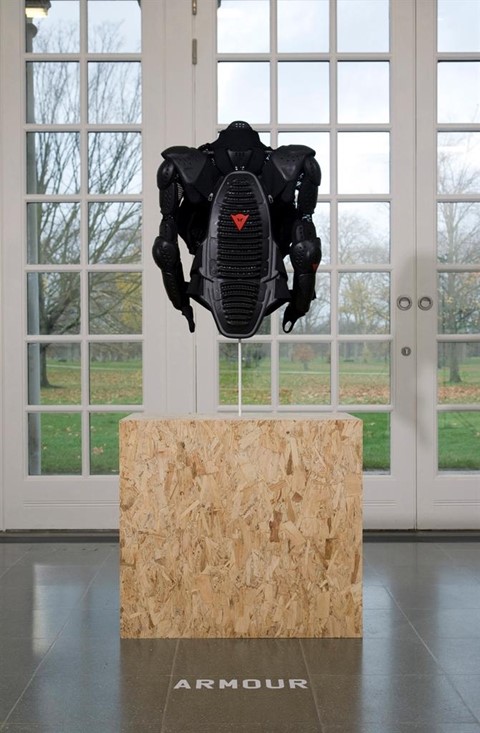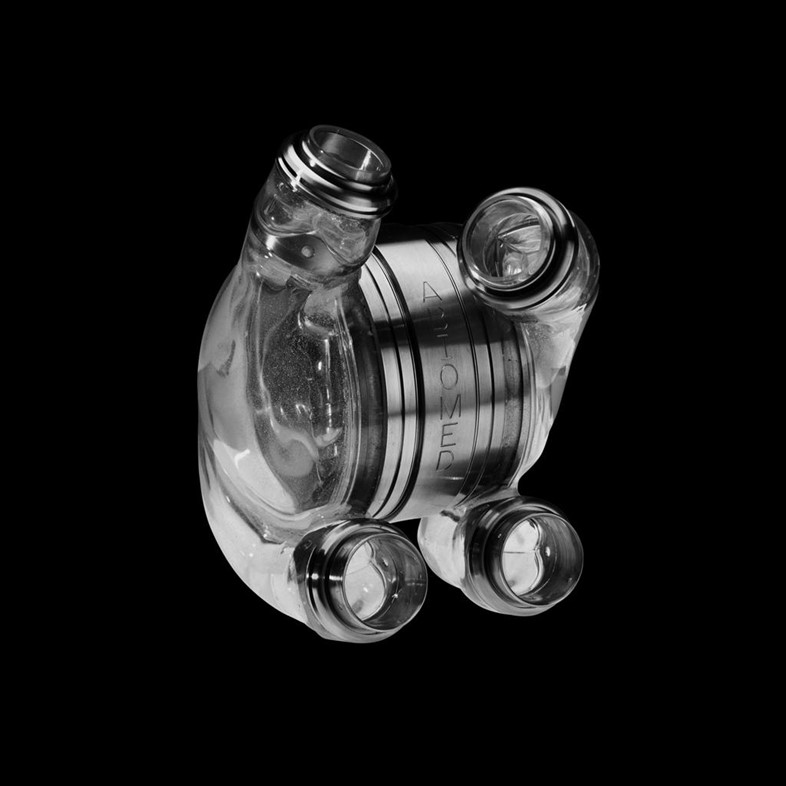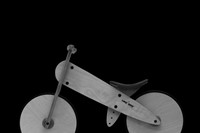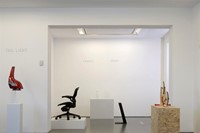To coincide with Konstantin Grcic's show at the Serpentine we talk to the artist behind the works

Konstantin Grcic is one of the world’s leading industrial designers and the curator of Design Real, the first ever exhibition of contemporary design at The Serpentine. Featuring mass-produced commercial items from the last ten years, the show invites the viewer to re-engage with everyday design phenomena such as plastic brooms and flat pack chairs, and examine the unique processes behind more mind-bending innovations, such as insect-like body armour, pocket size water-purifiers and artificial hearts. With the ready-mades on the walls and the central room transformed into a space-age research hub, in which you can find out more about the objects on display, this is one show that opens a door to an illuminating arena of knowledge. Over a cracking phone line to Munich, Grcic shared his exceptional vision of revolutionary design and how it might just save us from ourselves...
Some of the exhibition is geared towards industrial products that could conceivably help us in the face of impending environmental catastrophe. Ironically, it’s mass industry that is largely to blame for bringing us to the brink of destruction...
In many ways that’s true. We have to save the planet but in order to come to that realisation, we’ve almost had to destroy it. I think that’s a very human pattern, isn’t it? It’s a constant learning process. There are certain leaps that we can make purely intellectually, but with others we almost have to have the physical experience of the damage. Industry is the only real enabler of change; it’s the only way we can create progress and evolve.
The Abio Cor artificial heart on the Design Real website is a good indication of how far we’ve progressed...
These artificial hearts give people a few months to live, and that’s such an incredible achievement. Building something as complex as a heart is about as far as we can go in learning from nature. There are many different levels of biomimicry in design though: the motcycylist armour is another example, where we’ve looked to insects and how they create both protection on the one hand, and flexibility on the other.
Do you think designers can be described as artists?
The designer is much more conditioned by something from the outside – a client, an environment, the function and so on. However, a good designer or engineer has an artistic element than goes beyond fulfilling a brief. In every good design, there’s always an artistic element – something that comes down to one person’s decision and sensitivity.
Do you think there’s an ethical dimension in industrial design now that wasn’t there before? What do you think about industrial design that is geared towards making more effective weaponry?
It’s a tricky question, but even a weapon can be looked at from two sides – if it’s a defence, it does something good; if it’s an attack, it destroys or damages. I do think that there is an ethical dimension to design but I think that’s always been there. If you look at the history of design, the good products have always somehow fallen into a good purpose, or the purpose which they serve is good in itself.
The rolling water container is incredible in that sense, it makes it so easy for people to transport water over long distances and it's brilliantly simple...
Yes. It’s shocking how simple and beautiful it is. I would definitely call it design but you don’t really see any traces of design. It’s just a truly strong idea and a very direct realisation of an idea being put into a product. It’s incredibly strong and beautiful.
Are there any favourites for you among the pieces you chose?
There is no one object I would pick out. Not all of them are so extraordinary, and some of them I see mainly in relation to the others. The exhibition is like a jigsaw puzzle. One intention was to draw out people’s imagination, and have them investigate the background and the relationship of these objects to our lives on the Deign Real website. The exhibition leads you to a tree of information.
John-Paul Pryor is Arts & Culture Editor at Dazed Digital and writes For Dazed & Confused, TANK, Another and The Quietus. His debut novel Spectacles will be published in 2010 by Seabrook Press



